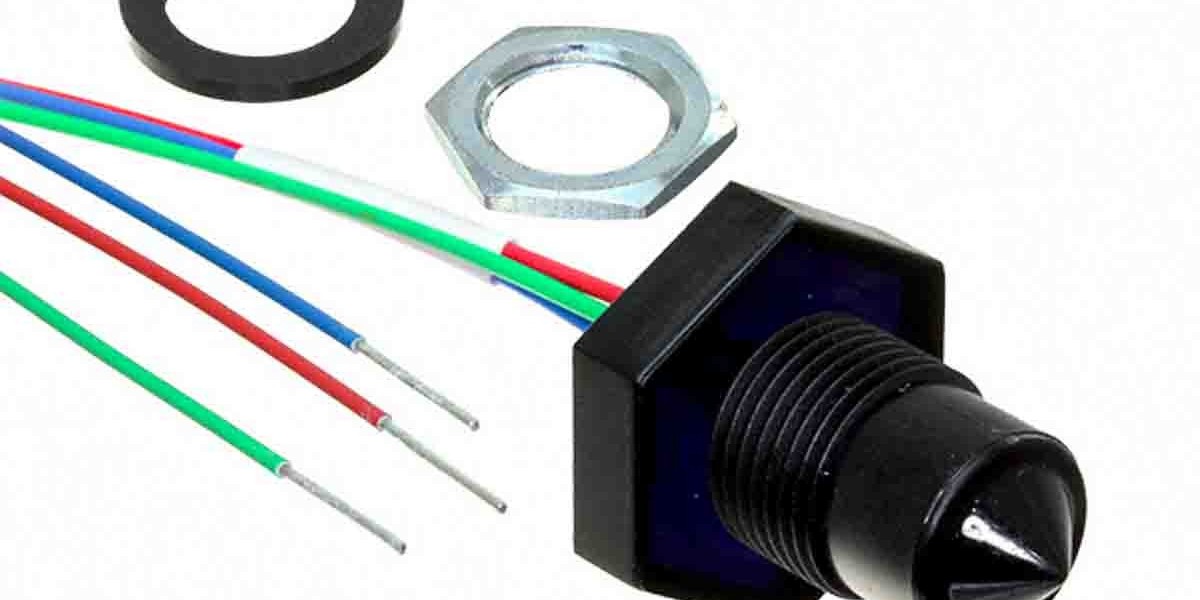The 3D sensors market is experiencing significant growth worldwide, with demand driven by industries such as consumer electronics, automotive, industrial automation, and healthcare. However, regional variations in technology adoption, manufacturing capabilities, and regulatory frameworks influence market dynamics differently across North America, Europe, and Asia-Pacific. Each region presents unique opportunities and challenges, shaping the competitive landscape of the 3D sensors market.
North America: Technological Advancements and Strong R&D Investments
Leading Role in Innovation
North America, particularly the United States, is a key player in the 3D sensors market due to its strong presence of technology companies and research institutions. Companies such as Apple, Intel, and Qualcomm are investing in advanced sensor technologies, including LiDAR and time-of-flight (ToF) sensors, for applications in smartphones, autonomous vehicles, and augmented reality (AR).High Adoption in Automotive and Industrial Automation
The region is witnessing rapid adoption of 3D sensors in autonomous vehicles, robotics, and smart manufacturing. The growing focus on Industry 4.0 and the integration of artificial intelligence (AI) with 3D sensing are further accelerating market expansion.Regulatory and Security Challenges
Stringent regulations related to data privacy and security, particularly in sectors like healthcare and surveillance, pose challenges for widespread deployment of 3D sensing solutions. Additionally, reliance on semiconductor imports has raised concerns about supply chain stability.
Europe: Focus on Automotive and Smart Infrastructure
Strong Automotive Market Driving Growth
Europe is a key hub for automotive innovation, with leading manufacturers such as BMW, Volkswagen, and Mercedes-Benz integrating 3D sensors for advanced driver assistance systems (ADAS) and autonomous vehicles. LiDAR and ToF sensors are widely used for collision detection, lane-keeping assistance, and smart navigation.Smart City and Industrial Applications
European governments are investing heavily in smart city projects and industrial automation, driving demand for 3D sensors in traffic monitoring, security surveillance, and logistics. The expansion of 5G networks and IoT infrastructure further supports market growth.Stringent Regulations and Cost Constraints
The European market faces regulatory challenges related to environmental sustainability and data protection (GDPR compliance). Additionally, the high cost of advanced 3D sensor technologies limits adoption in cost-sensitive industries.
Asia-Pacific: Leading in Production and Consumer Electronics
Manufacturing Powerhouse
Asia-Pacific dominates the production of 3D sensors, with key players in China, Japan, South Korea, and Taiwan leading in semiconductor fabrication. The presence of global electronics giants such as Sony, Samsung, and Huawei supports large-scale sensor manufacturing for applications in smartphones, gaming, and AR/VR.Rapid Growth in Consumer Electronics and Automation
The region is witnessing strong demand for 3D sensors in consumer electronics, particularly in facial recognition systems, augmented reality applications, and gesture recognition in smartphones and gaming consoles. Industrial automation and robotics are also driving market expansion.Price Sensitivity and Market Fragmentation
Despite its strong production capabilities, Asia-Pacific is highly price-sensitive, making cost-effective solutions more favorable. The market is fragmented, with a mix of local and international players competing for dominance, creating challenges in standardization and uniform technology adoption.
Final Thoughts
The 3D sensors market exhibits strong regional diversity, with North America leading in innovation, Europe driving automotive and smart city applications, and Asia-Pacific dominating manufacturing and consumer electronics. While technological advancements and industry demand fuel market expansion, challenges such as regulatory compliance, cost constraints, and supply chain dependencies must be addressed. As global demand continues to rise, companies must adapt their strategies to regional market dynamics to maximize growth opportunities.



